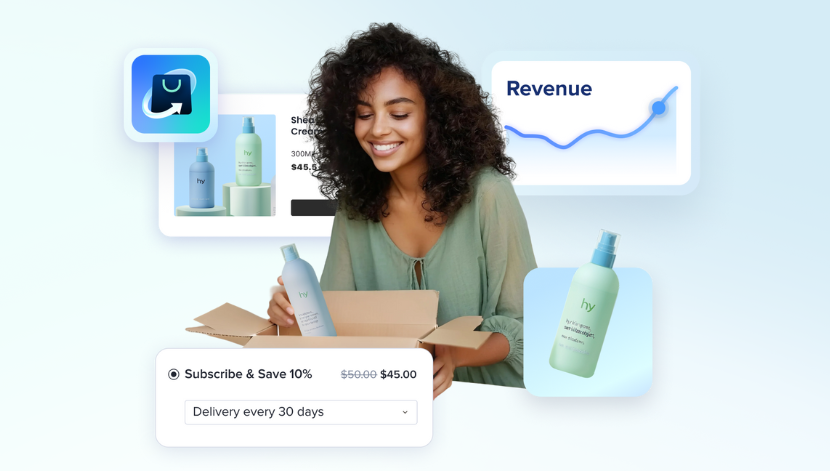
After spending 13 years working with eCommerce brands of all sizes—from scrappy startups to enterprise giants—I’ve seen the good, the bad, and the downright frustrating sides of online selling. My career took me through roles as a project manager, technical support manager, director of customer success, and director of strategy. Throughout those years, I worked closely with clients and became deeply familiar with platforms like Adobe, Salesforce, Shopify, and most recently, Shopline.
My last role as Director of Strategy, however, forced me to think differently. It was no longer just about solving immediate problems or meeting launch deadlines—it was about digging deep into the data to understand how each decision impacted the business’s bottom line. Only after doing that did I realize how many inefficiencies existed when trying to make even simple business decisions for an eCommerce store.
One of the biggest pain points I saw with the platforms I worked with was the heavy reliance on third-party apps. Don’t get me wrong—third-party apps can be a powerful way to add great functionality to your store. But when you rely on too many, how can you effectively manage the entire ecosystem and piece together data from multiple sources? Some platforms might even tell you that you need yet another reporting app just to make sense of it all. Which leads me to another issue...
Attribution. Every app wants credit for conversions. But when you’re running five, ten, or even twenty different apps, how do you know which one was actually responsible? It’s like having too many cooks in the kitchen, all claiming they made the winning dish.
And let’s not forget the elephant in the room—juggling 10 to 20 apps usually comes with heavy costs and performance issues to match. Just like recurring subscriptions in our personal lives, businesses often forget about these app subscriptions and let them run unchecked. Some were unknowingly paying for apps they hadn’t touched in months—or even years. And, of course, the more apps powering your store, the more performance and speed issues you’ll likely face—all of which hurt the customer experience and, ultimately, sales.
When I joined Shopline, I immersed myself in the tool to better understand where we fit within a pretty crowded ecosystem. What I discovered was, ultimately, a breath of fresh air.
Many of the features that required third-party apps on Shopify were built right into Shopline as first-party capabilities. What does this mean? Things like chat, subscriptions, memberships, loyalty programs, coupon stacking, and tons of other features no longer required third-party apps or custom code. Instead, they were natively integrated into Shopline, accessible with a single login.
Even more importantly, the platform provided a single source of truth for data. This was music to my ears—and every marketer or business decision-maker should feel the same way. Instead of wrestling with conflicting reports from multiple apps, Shopline made it easy to see what was actually driving results. No more guesswork about which tool deserved credit for a conversion.
And of course, the time and cost savings were significant. With fewer apps required, businesses could cut down on monthly expenses, enjoy faster-loading websites, and spend less time troubleshooting or analyzing fragmented data—freeing them up to focus on what really matters: growing the brand.
Now, am I saying we should do away with third-party apps altogether? Absolutely not. Many third-party apps are essential to running an eCommerce store effectively, and Shopline will continue to rely on our third-party partners to fill those gaps. That said, the ratio of first-party to third-party functionality should be 3:1—let your platform power 75% of your core functionality, and reserve the remaining 25% for the apps that truly deliver on their promise and help you scale.
Reflecting on my career, I’ve always believed that technology should make life easier—not harder. For me, joining Shopline wasn’t just about moving from the agency side to SaaS; it was about aligning with a platform that solves the problems I’ve seen businesses struggle with for years. And I couldn’t be more excited to help others experience that same sense of ease and clarity.
If you’re running an eCommerce business and feeling overwhelmed by the complexity of your tech stack, just know… there IS a better way.

Get our free guide to build a successful online store and scale your ecommerce business.
© Copyright 2013-25 SHOPLINE